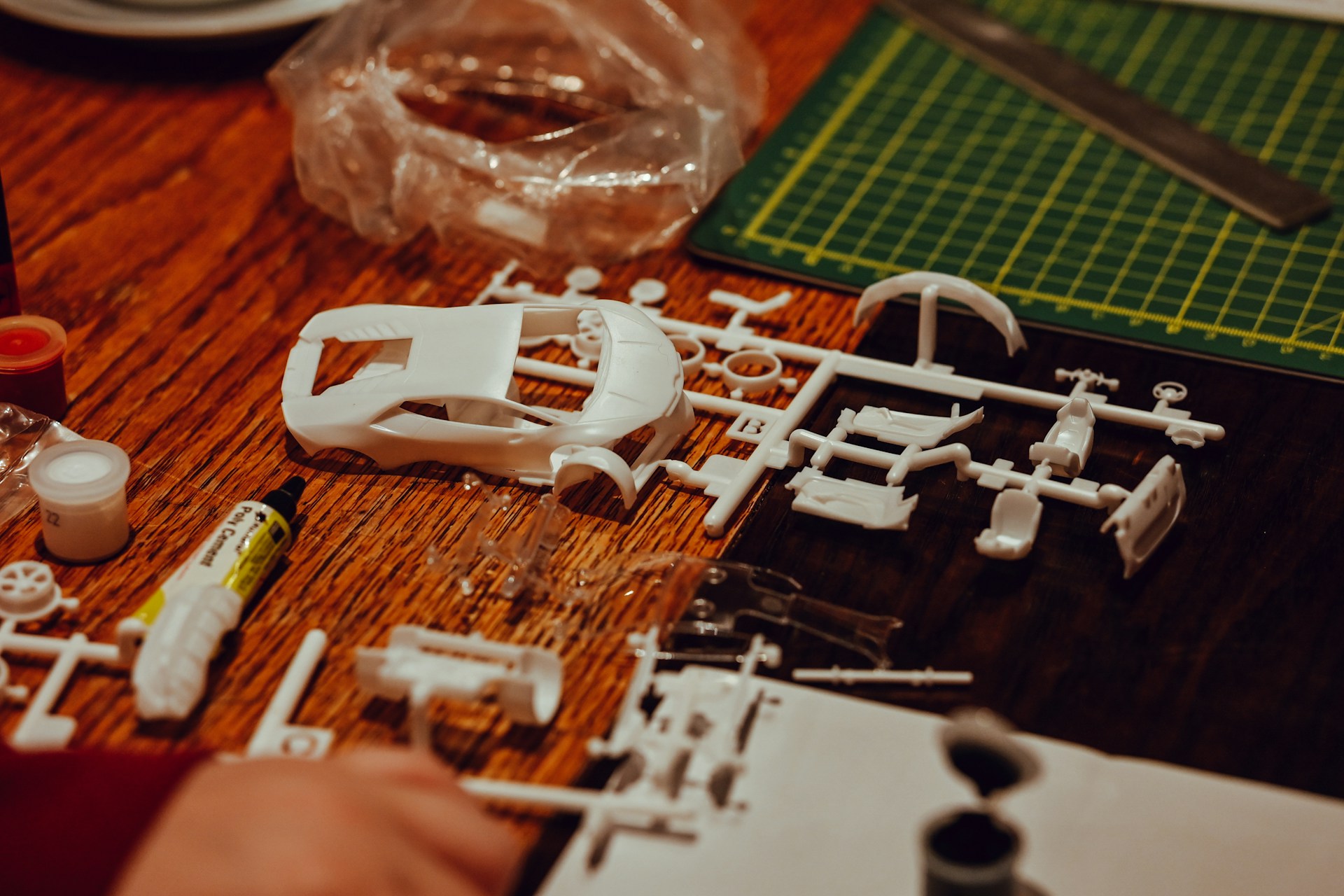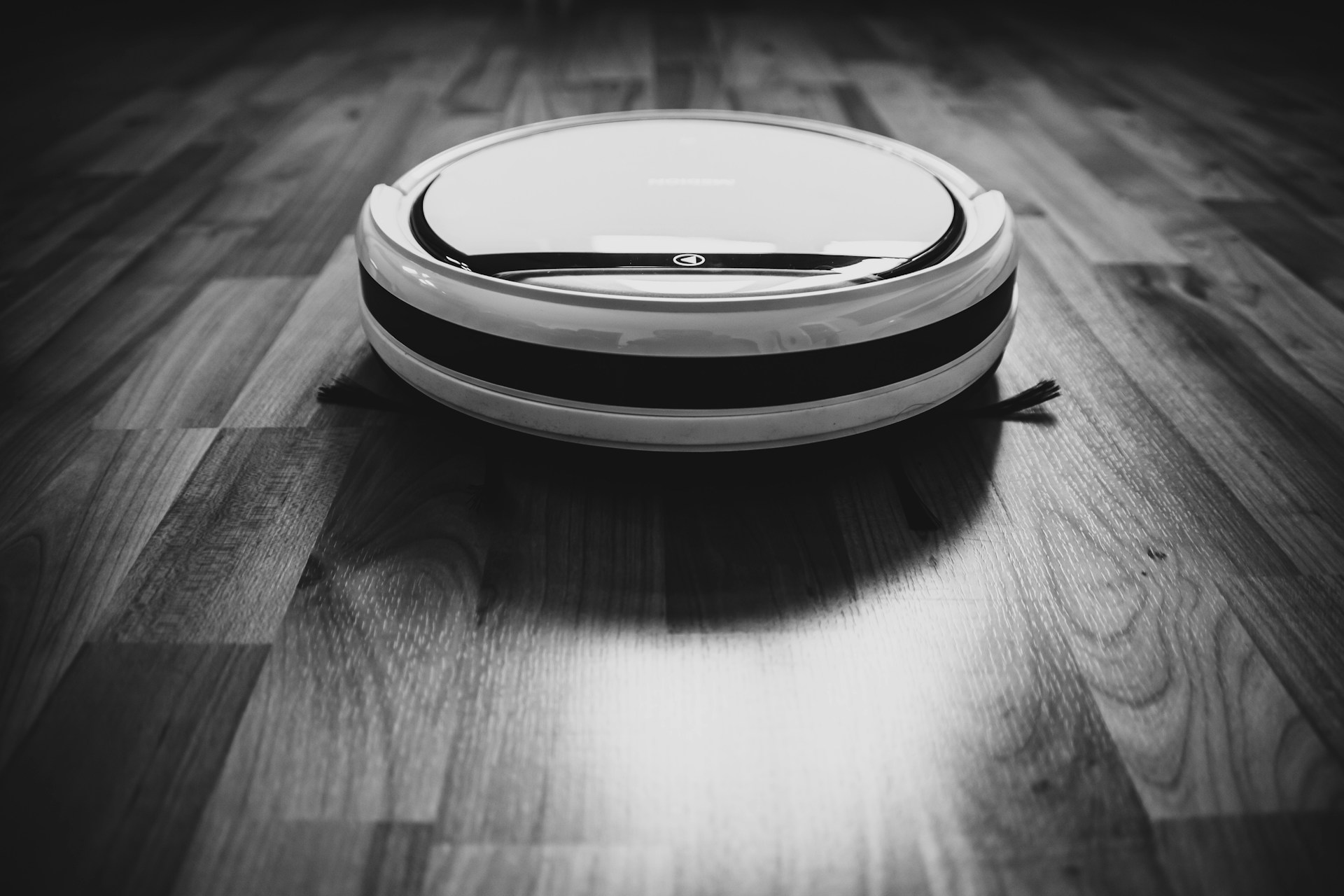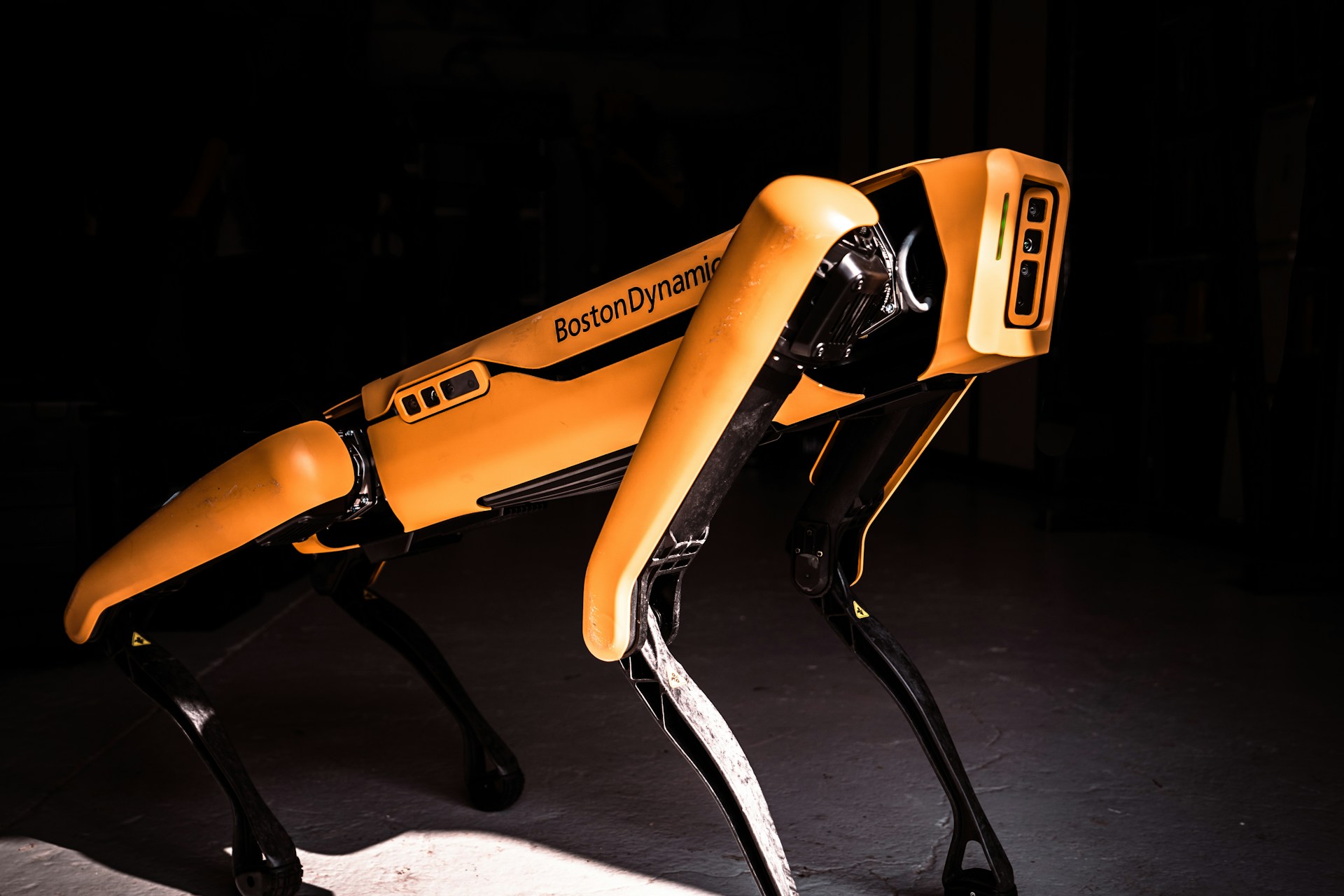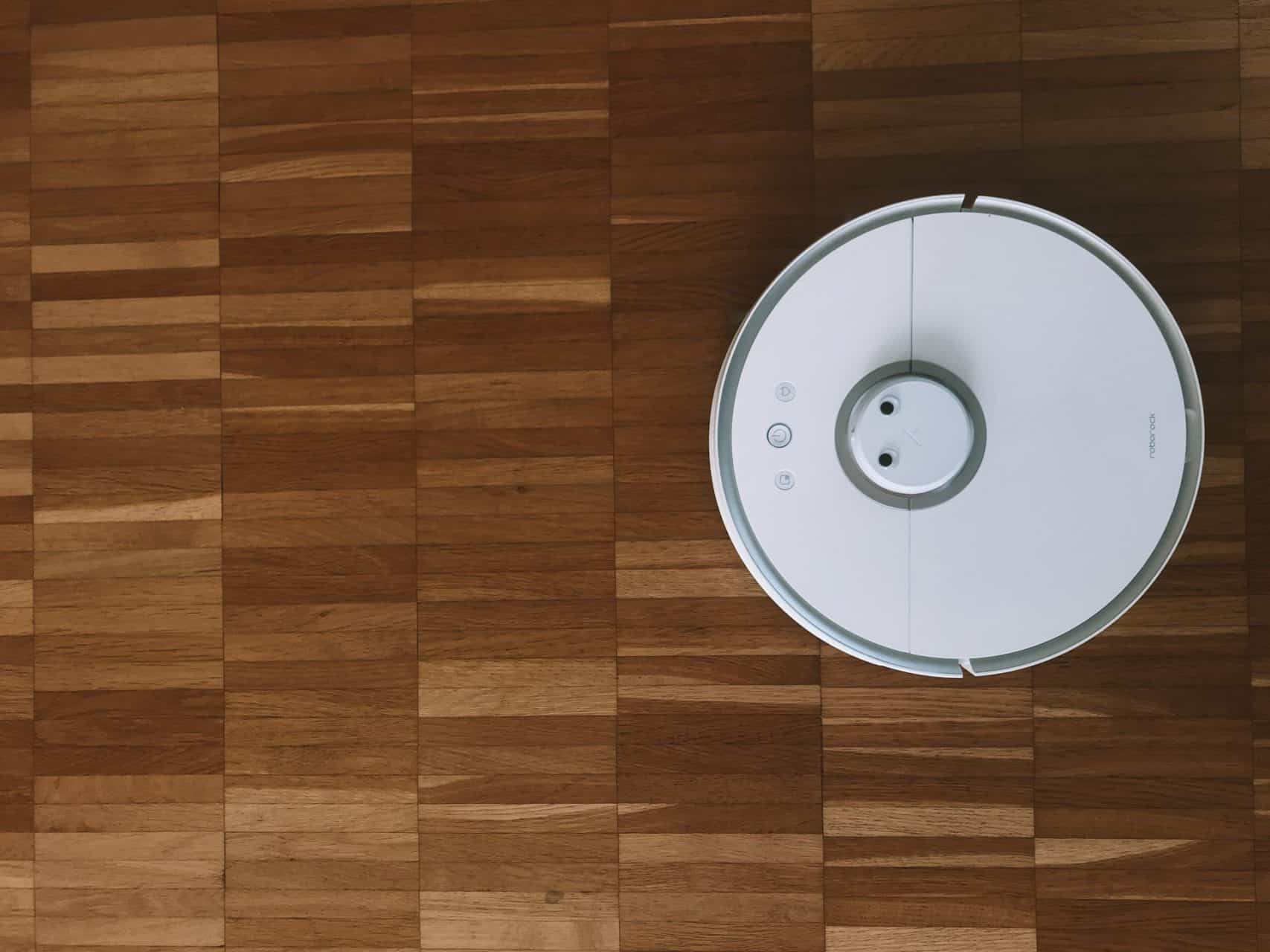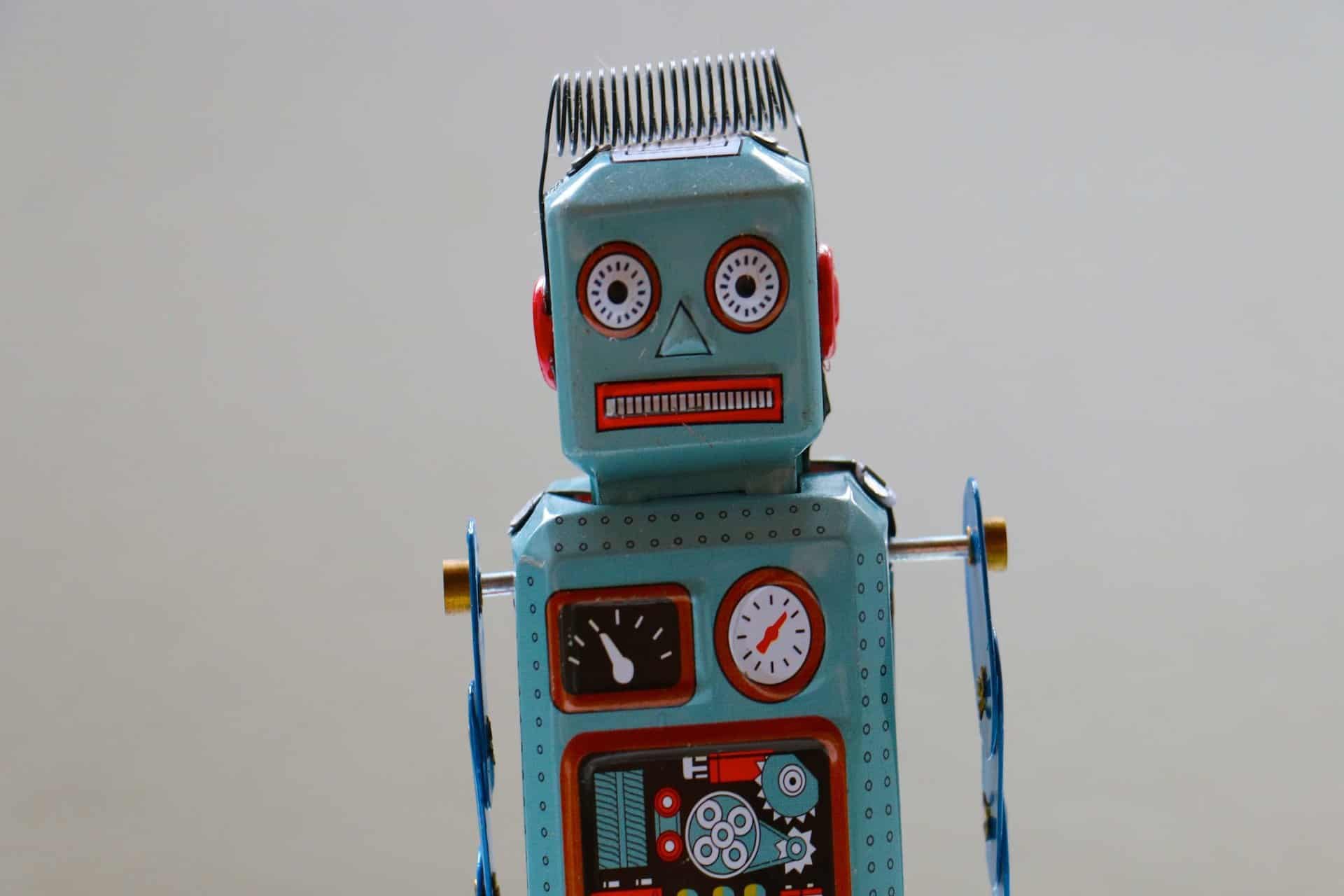
Robotic Experiment Results: Fascinating Recent Examples
April 20, 2023 - Lou Farrell
Revolutionized is reader-supported. When you buy through links on our site, we may earn an affiliate commission. Learn more here.
Scientists may have incredibly vivid ideas about how a robot will perform in real life or its effect on people. However, running a robotic experiment is the primary way to test those assumptions. Doing that is an excellent way to test a hypothesis and get results that people can use to shape further studies. Here are some recent outcomes of experiments that will change and inform the robotics industry for the better.
Self Affirmations Could Alleviate Workers’ Robot-Related Anxieties
Humans more commonly work alongside robots these days, especially with the advancements of cobots that allow such collaborations to happen safely. However, many worry that robots will take over their jobs, making them unemployed. What often happens, though, is that robots can do boring or repetitive tasks, leaving the more interesting and rewarding ones for humans.
Research published by the American Psychological Association involved investigating which methods might alleviate the distress of robots taking over human jobs. First, this robotic experiment revealed that workers in the United States and parts of Asia felt job insecurity due to robots. That was the case even if their industries were typically yet to use robots, meaning their worries were likely unjustified.
The researchers did an in-person experiment with 118 engineers at an Indian automobile manufacturer and an online one with 400 participants. The in-person experiment linked industrial robots to a higher likelihood of workplace incivility and increased burnout.
The people taking part in the online investigation engaged in self-affirmation exercises. They included those that encouraged them to think about their uniquely human characteristics and have positive mindsets about themselves.
Results indicated that the activities completed by the online group could help reduce fears about robots in the workplace. Researchers also concluded humans were underestimating their own capabilities while thinking robots were overly capable.
This research is important because company leaders who are thinking about investing in workplace robotics must do what they can to show people that the machines can supplement their efforts and not necessarily take their jobs. It’s also convenient that people can do self-affirmations and other thought-based activities without using any special equipment.
Drones May Improve Underwater Robot Communications
People are extremely interested in and curious about using underwater robots. These machines fall into two categories. Some are self-propelled, while others are remote-controlled, so people operate them from a distance. These robots can help people search for shipwrecks or study marine life, for a start.
Work from a team at The University of Tokyo Institute of Industrial Science could be significant in improving communications between underwater robots and sea-surface base stations. The usual approach — for now — is to facilitate communication through sensors mounted on the underwater robots. However, this group of scientists explored using drones as base stations.
Sea-surface base stations help underwater robots get position information and real-time data. However, they become less effective due to wave-driven movement and their low-mobility characteristics. The researchers began their robotic experiment by testing whether a drone could land on the water, then lift off to return to its base.
Next, they studied underwater communications between two drones — with one filling the role of an underwater robot. This stage allowed the researchers to investigate the distance stability between one submerged device and another hovering one. Finally, they looked at how sea-surface sway affected drones used as buoys. The combined results suggested drones could communicate with underwater robots used for sea surveys up to 1 kilometer from the shore.
The outcomes excited the researchers. However, they clarified the need to try using the robot-drone pairings for more complicated tasks to further test the feasibility of this approach.
Wearable Robots Could Help People With Needle Fears
Estimates suggest as many as 25% of adults are severely afraid of needles. Further, as many as 10% of people dealing with such phobias may delay getting the COVID-19 vaccine. One of the first steps in creating a robotic experiment is to formulate a potential result to test.
Researchers from The University of Tsukuba wondered if a wearable soft robot used by people during certain medical procedures — including injections — could reduce their associated anxieties. They developed the robot, then ran an experiment that subjected participants to moderate levels of heat. The group also measured stress biomarkers in people’s saliva as the robotic experiment progressed. Furthermore, the test subjected completed surveys and ranked their fear levels and pain perception.
The results showed people experienced less pain when using the robot than without it. Moreover, the researchers said the robots could reduce people’s feelings of fearfulness during the procedures. The fur-covered robot contained air bags that inflated as people’s hands moved. Thus, those who ran this experiment speculated that the robot may have mimicked the human touch, stimulating the associated feelings of well-being in the subjects.
Another finding was that the robot provided relief for people regardless of the specific experimental conditions. The team is already planning other research on the horizon. All of it concerns how to distract patients during procedures. Future experiments may involve robots utilizing a controlled gaze or augmented reality technologies.
Shape-Shifting Robots’ Feasibility Shown With Robotic Experiment Assortment
Robots that can change their shape sound like something from a science-fiction film, right? Researchers recently brought that idea into reality by taking inspiration from sea cucumbers. These innovative robots can switch between solid and liquid shapes. They also conduct electricity and are magnetic. More than one robotic experiment is typically required for showing people how a machine can really perform. Such was the case with these creations.
One of the reasons why is that researchers made the robots by putting magnetic particles inside gallium. The magnetic particles in the material respond to an alternating magnetic field, allowing scientists to cause a phase change with heat. Moreover, the magnetic particles give the robots the ability to move.
An early robotic experiment involved seeing how mobile and strong the machines were while carrying out different tasks. Many seemed more suited to a reality show than scientific tests. The robots climbed walls, hopped over moats and split in half to collaboratively move an object before coming back together. After running those tests, the team set their sights on how the robots could solve medical and engineering problems.
This robotic experiment phase saw the researchers using the robots to deliver drugs on demand to a model stomach and remove a foreign object from it. Additionally, the scientists showed the potential for people to use the robots in manufacturing, including for soldering and assembly tasks. The robots’ ability to liquefy makes them advantageous for getting into hard-to-reach places.
The researchers determined biomedical research is the most appropriate future focus for the robots and their real-life applications. However, they clarified the need for additional research to explore the most realistic uses.
A Robotic Experiment Can Steer Research
The results of a robotic experiment are often surprising. Even if they aren’t, these outcomes can give researchers the motivation, funding and industry respect needed for further investigations.
Revolutionized is reader-supported. When you buy through links on our site, we may earn an affiliate commission. Learn more here.
Author
Lou Farrell
Lou Farrell, Senior Editor, is a science and technology writer at Revolutionized, specializing in technological advancements and the impacts on the environment from new developments in the industry. He loves almost nothing more than writing, and enthusiastically tackles each new challenge in this ever-changing world. If not writing, he enjoys unwinding with some casual gaming, or a good sci-fi or fantasy novel.
